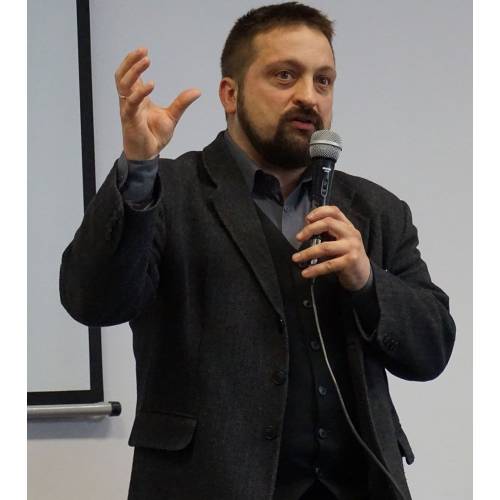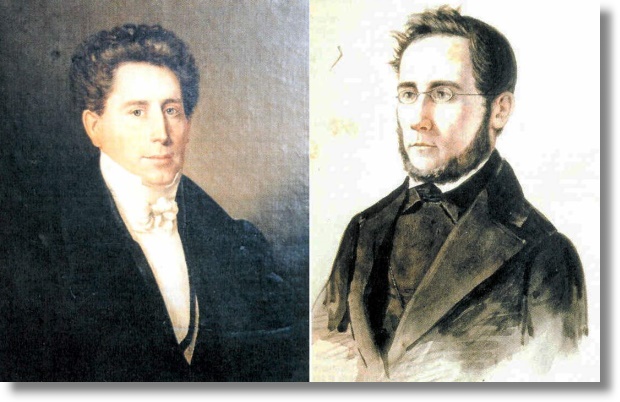

Montessori had not intended to expose children so small to any activity bearing on writing and reading: the mothers began to beg her to do so. After instructing the teacher in the use of the sensorial apparatus, she remained in the background and waited for the children to reveal themselves to her.There was one startling development of direct academic significance. She attempted to set up as natural an environment as possible for the children, and then relied on her own observations of what occurred. She wanted to compare the reactions of normal children to her special equipment with those of her mental defectives*. The sparse furniture was similar to that used in an office or home, and the only educational equipment was the pieces of sensorial apparatus Montessori had used with her mentally defective children*.Montessori says she had no special system of instruction she wished to test at this point. She was to have the care of sixty children between the ages of 3 and 7 while their illiterate parents were working. Montessori accepted seeing this as her opportunity to begin her work with normal children*. In 1907 she was asked to direct a day care center in a housing project in the slum section of San Lorenzo, Italy. She also served on the staff of the women’s Training College in Rome (one of the two women’s colleges in Italy at that time), practiced in the clinics and hospitals in Rome, and carried on a private practice of her own. Montessori returned to the University of Rome to study philosophy, psychology, and anthropology.

This conviction led Montessori to devote her energies to the field of education for the remainder of her life.Dr.

To her amazement, she found these children could learn many things that had seemed impossible. These two years she regarded as her “true degree” in education. All day she taught in the school and then worked preparing new materials, making notes and observations and reflecting on her work. She worked with the children there for two years.


 0 kommentar(er)
0 kommentar(er)
